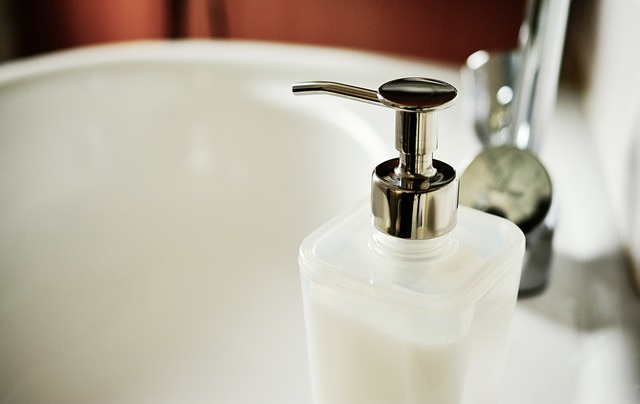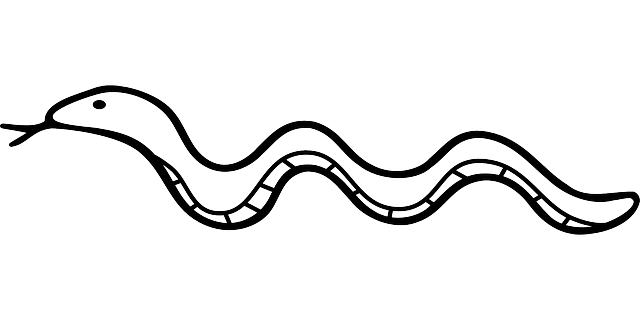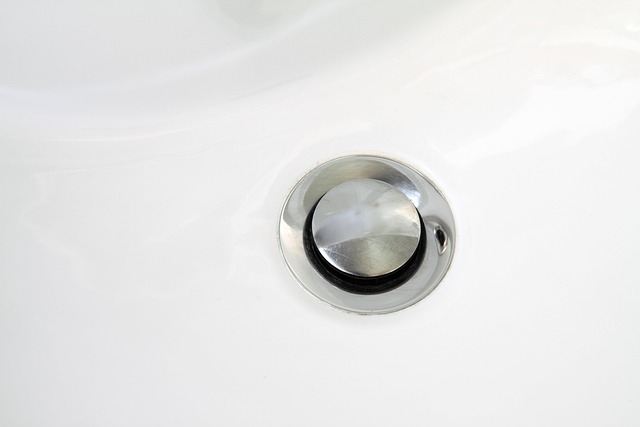Clogged drains are a common household issue caused by debris buildup, unsuitable product disposal, or pipe damage. Solutions range from DIY methods like using a plunger, baking soda, and vinegar to professional services like plumber's snakes or Drain cleaning. Regular maintenance and awareness of what not to flush prevent future clogs. For severe cases, professional plumbers with specialized tools are recommended to resolve issues like broken pipes or tree root infiltrations, ensuring efficient problem resolution and preventing costly damage.
Are you tired of dealing with stubborn, clogged drains? Understanding the root causes and employing effective solutions can save you time and money. This guide covers everything from identifying common culprits behind blocked drains to DIY methods using a plunger, plumber’s snake, and natural remedies like baking soda and vinegar. Learn when it’s time to call in a professional for persistent clogs and ensure your drains stay clear and functional.
- Understanding Clogged Drains: Common Causes and Effects
- Tools for DIY Drain Inspection: Plunger, Snake, and Natural Remedies
- Step-by-Step Guide: Using a Drain Camera for Comprehensive Analysis
- When to Call a Plumber: Professional Intervention for Persistent Clogs
Understanding Clogged Drains: Common Causes and Effects

Clogged drains are a common household issue that can cause significant inconvenience and even damage if left unattended. Understanding the causes behind these blockages is the first step in finding effective solutions. One of the primary reasons for drain clogs is the accumulation of debris, such as hair, grease, food scraps, and other household waste. These materials stick to the insides of pipes, gradually narrowing them over time, leading to reduced water flow and, eventually, complete blockage.
Another frequent culprit is the use of certain products that are not suitable for plumbing systems. For instance, pouring chemicals or harsh cleaners down the drain can disrupt the delicate balance of pipe materials, causing cracks or damage. Moreover, improper disposal of items like grease-soaked paper towels or sanitary products can quickly turn into a significant clogging issue. Fortunately, there are DIY solutions available, such as using a plunger for simple blockages or natural unclogging methods with baking soda and vinegar. However, if the problem persists or is more severe, it might be time to consider a plumber’s snake for deeper cleaning or even professional Drain cleaning services.
Tools for DIY Drain Inspection: Plunger, Snake, and Natural Remedies

When it comes to DIY clogged drains, a few simple tools can make all the difference. A plunger is a staple for clearing minor obstructions—its suction force can dislodge hair, soap scum, and other common blockages. For more stubborn clogs, a plumber’s snake (also known as a drain auger) offers a longer reach and flexible metal coils that can navigate curves and break up larger debris.
Beyond mechanical tools, natural remedies like baking soda and vinegar offer eco-friendly alternatives for drain cleaning. Combining equal parts baking soda and vinegar creates a fizzing reaction that can help dissolve grease, soap buildup, and other organic cloggers. Similar to the plunger, this method is best suited for minor blockages. For severe cases, however, it’s always wise to consider professional services to avoid further damage or complications.
Step-by-Step Guide: Using a Drain Camera for Comprehensive Analysis

Using a drain camera for comprehensive analysis is easier than you think. First, gather your tools: a drain camera, a plumber’s snake, and a mixture of baking soda and vinegar. Start by unplugging any appliances connected to the drain and placing them in a safe spot. Next, insert the plumber’s snake into the drain and twist it to clear away any stubborn clogs.
Once the snake has passed through, attach your drain camera to the end of the snake and lower it down into the pipe. Review the live feed on your device to inspect for blockages, cracks, or damage. If a clog is detected, try using a mixture of baking soda and vinegar as a natural unclogging agent before resorting to more aggressive methods. This DIY approach can help you avoid costly plumbing bills and give you peace of mind knowing your drains are in good condition.
When to Call a Plumber: Professional Intervention for Persistent Clogs

If your DIY attempts to clear a Clogged Drain using tools like a plunger, baking soda and vinegar, or even boiling water have failed, it’s time to call in the experts. Persistent clogs can be a sign of more serious issues like broken pipes, tree roots infiltrating your plumbing, or severe buildup that regular home remedies can’t tackle.
A plumber brings specialized tools like a plumber’s snake (also known as a drain auger) designed to navigate tight spaces and break up stubborn obstructions. They also have access to high-pressure water jetting equipment for deep cleaning and the expertise to identify and fix underlying problems, preventing future clogs and costly damage. Choosing professional intervention ensures your plumbing system is in safe hands and that the issue is resolved efficiently. Remember, while natural unclogging methods can be effective for minor blockages, they may not address the root cause, leading to recurring issues over time.
